Act Now - Limited Time Offer
$67 Pest Control

Chris Barber
Pest Control Technician
Jakob Beltran
Pest Control Technician
Mackenzie Keene
Office Manager
Cimex lectularius, better known as the bed bug, is a small, reddish-brown insect that relies on human blood. These pests are about the size of an apple seed and typically hide in mattress seams, box springs, and furniture cracks. Bed bugs are nocturnal and can hide in small areas like fabric folds, electrical outlets, and behind picture frames.
Bed bugs undergo five nymphal stages before becoming adults, each requiring a blood meal to molt to the next. Female bed bugs can lay about five eggs a day in hidden areas. They have the ability to survive for several months without feeding. Although they don’t transmit diseases, bed bug bites can cause itching and allergic reactions.
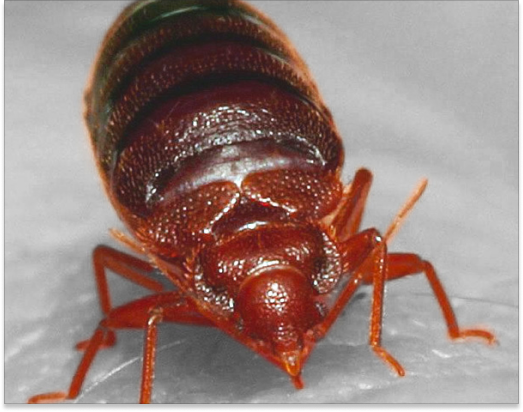
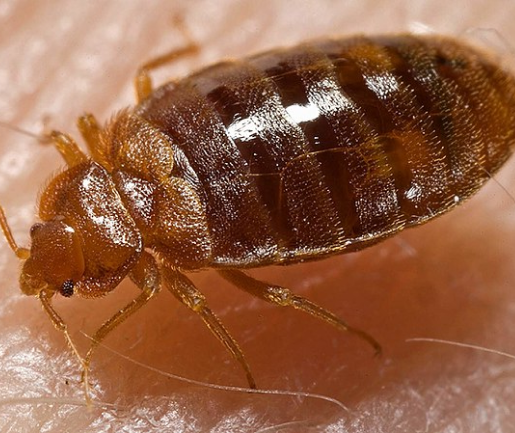
Cimex Hemipterus, a bed bug species, is typically found in tropical and subtropical climates. Like its more common cousin, Cimex lectularius, this species feeds on human and animal blood. These bugs are small, reddish-brown insects, about 4-5 mm long, with an oval, flattened body that makes it easy for them to hide in small spaces.
These bed bugs are generally active at night but may also bite during the day in hot or dry conditions. They prefer to nest near water to provide moisture for their larvae. If you suspect bed bugs, check areas around your bed or other resting places. Common signs include tiny red blood spots on sheets, brown fecal streaks, and shed skins.
Leptocimex Boueti bed bugs can be a considerable nuisance if they make their way into your home. They mainly feed on humans at night but can also be active during the day if the environment is too hot or dry. These pests often reside near water sources to ensure their larvae have access to fresh water, although they are not aquatic.
Adult Leptocimex Boueti bed bugs are about the size of an apple seed, with a flat, oval body. They are reddish-brown and darken after feeding. They have long antennae and raspberry-like eyes. With three pairs of legs, these bed bugs can expand their bodies during feeding. If you suspect a bed bug infestation, it’s important to take immediate action. Bostonia Pest Control can provide the necessary solutions to eliminate these pests and prevent future infestations.
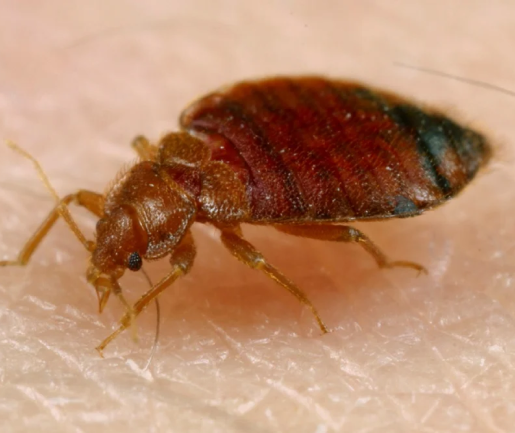
Bed bug eggs are extremely small, roughly the size of a pinhead, about 1mm long. Their pearl-white color makes them difficult to see on light-colored surfaces. After about five days, a small eye spot might appear on the eggs.
Bed bugs lay their eggs in concealed, secure areas close to their food sources. Common places include the seams of mattresses, crevices in box springs, and under baseboards. Female bed bugs can lay up to five eggs each day, with these eggs hatching in 4-12 days. If not properly managed, these eggs can hatch and lead to new infestations.
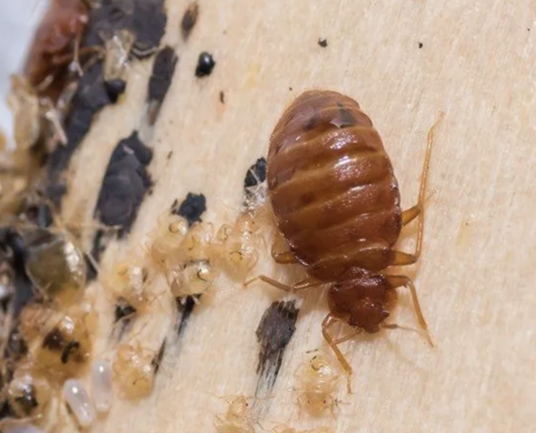
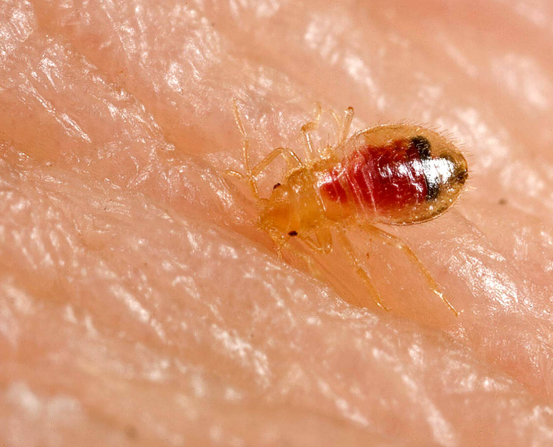
Nymphs are young bed bugs that go through five growth stages before they become adults. These nymphs are smaller and lighter in color compared to adults, making them difficult to detect. Each stage of development requires a blood meal to molt to the next, usually taking about 5-10 minutes.
You can find nymphs hiding near areas where people sleep or rest, such as in mattress seams, bed frames, and small cracks. Indicators of nymph presence include tiny pale bugs and small blood stains on sheets. Proper treatment targets these areas to ensure all nymphs are eradicated.
Adult bed bugs are small, reddish-brown insects about the size of an apple seed. Their bodies are flat and oval but swell after feeding. These pests feed on human blood, typically biting at night when people are asleep.
You’ll find bed bugs near sleeping areas, such as mattress seams, bed frames, and other nearby furniture. They can also hide behind electrical outlets and picture frames. Signs of bed bugs include red blood stains, brown fecal streaks, and shed skins. Regular inspections can help detect bed bug issues early and control infestations.
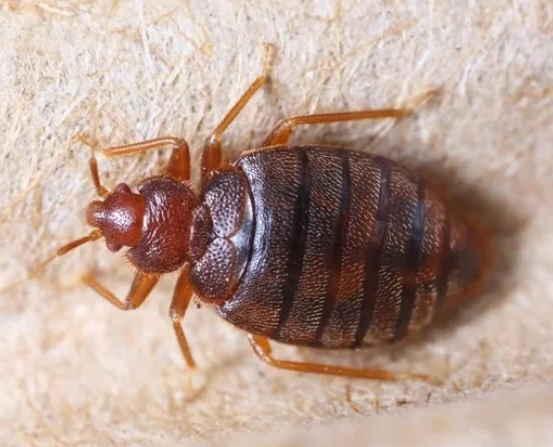
Bostonia Pest Control initiates bed bug treatment with a detailed inspection by our certified inspectors. They identify bed bugs using photos or symptoms and issue a preparation sheet with necessary instructions. Customers should prepare by taking down items from walls, vacuuming infected areas, and washing bedding and clothes. Our technicians treat the whole room, focusing on furniture footings, moldings, cracks, crevices, bed frames, headboards, box springs, and mattresses. The covering under the box spring must be removed for optimal treatment. Treated areas should stay empty for at least three hours.
We recommend 3-4 sessions based on the infestation’s extent. Costs are assessed after the initial inspection. Our treatments are safe for pets, but we suggest leaving the home for 3-4 hours during and after the procedure. We offer a 30-day warranty for whole-home treatments. Following our preventive guidelines and keeping a clean environment can help prevent reinfestation. Our comprehensive and efficient approach ensures complete bed bug removal, giving our clients peace of mind.
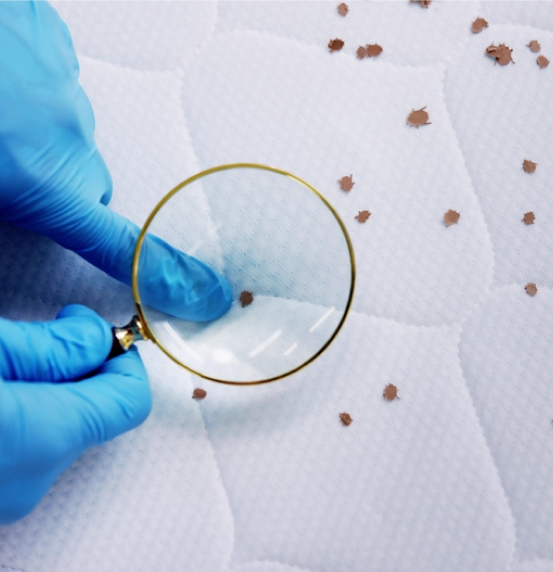
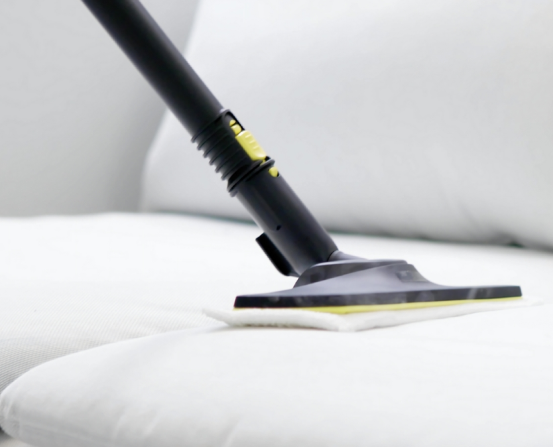
We offer a complimentary follow-up treatment two weeks after the initial bed bug service. This includes applying an insect growth regulator to stop the bed bugs’ life cycle, ensuring any remaining eggs or nymphs are treated to prevent them from maturing into adults.
Our technicians will revisit the treated areas to check for any signs of bed bug activity. This extra check offers an added layer of protection and peace of mind. With our follow-up treatment, you can be confident that we are committed to completely eradicating bed bugs from your home.
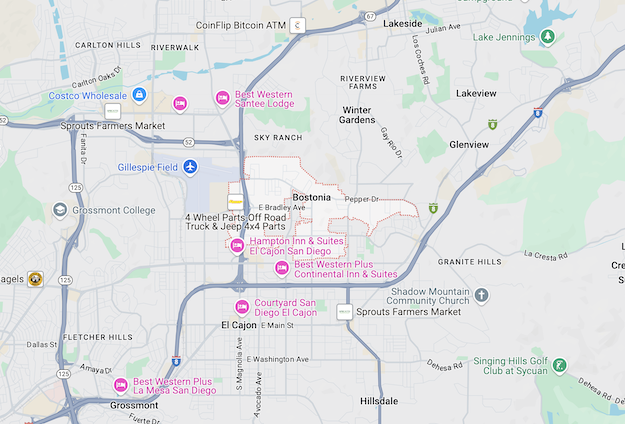
Limited time offer! Get $50 off your first pest control service.

Barrier Services
Bostonia Office
© Bostonia Pest Control 2024